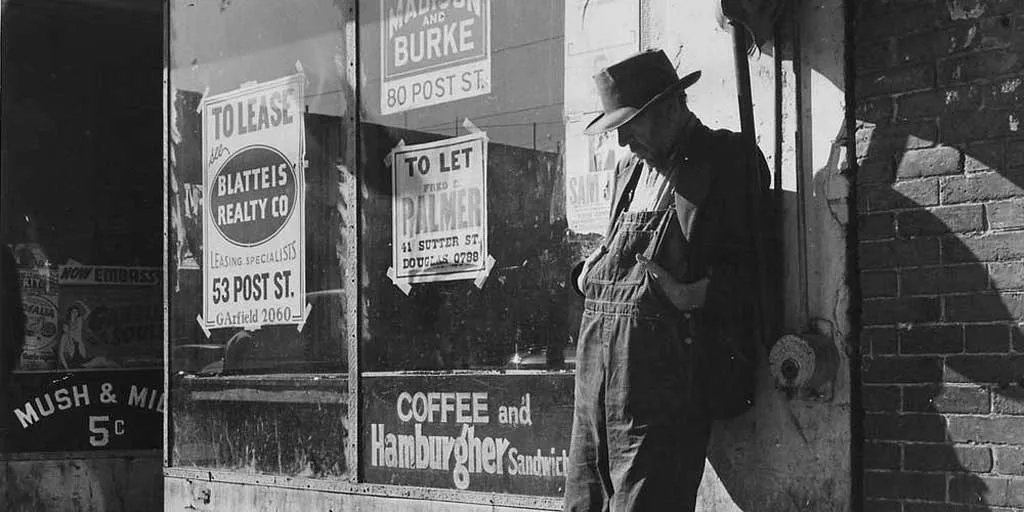History of the United States
History of the United States
In this quiz, you will get 20 questions about the history of the United States, from the Revolutionary War to modern times. Can you answer them all?
The War of Independence
The Revolutionary War, or American Revolution, was a conflict between the thirteen British colonies in North America and Great Britain.
Tensions between the colonists and the British Empire had grown over issues such as taxation without representation and restrictions on colonial self-government. The conflict escalated in 1775 when the first shots were fired in Lexington and Concord, marking the beginning of the American Revolutionary War.
The Declaration of Independence
In 1776, Congress adopted the Declaration of Independence, written by Thomas Jefferson, declaring the colonies’ independence from Great Britain.
After years of fighting and an alliance with France, the American army led by George Washington defeated the British at the Battle of Yorktown in 1781. Peace was confirmed by the Treaty of Paris in 1783, formally recognizing the U.S. as an independent state.
The Constitution
After the war, the new nation faced significant challenges. The first years were marked by attempts to establish a stable government. In 1787, the country’s Constitution was adopted, which created a federal government with a separation of powers between the legislative, executive, and judicial branches. George Washington was elected the first president of the United States in 1789.
Expansion
The early years were also characterized by territorial expansion. The purchase of Louisiana from France in 1803 doubled the size of the United States and opened new areas for settlement.
In 1812, a war against Great Britain, sometimes called the Second War of Independence, cemented the country’s position as an independent nation.
The Civil War
During the 19th century, the United States expanded westward, increasing tensions between the free northern and slave-owning southern states. These tensions culminated in the American Civil War, which broke out in 1861 when eleven southern states seceded from the Union and formed the Confederate States of America.
The Civil War ended in 1865 with the victory of the northern states. One result of the war was the abolition of slavery through the 13th Amendment to the Constitution. This was followed by a period when federal forces occupied the South to protect the rights of the newly freed slaves. Despite these efforts, the Jim Crow laws were enacted in the South, which maintained racial discrimination.
Industrial expansion
After the Civil War, the United States experienced a period of rapid industrialization and economic growth. Railroads were built across the continent, cities grew, and the United States became a leading industrial power.
This also led to significant social changes, with a large immigration from Europe changing the country’s demographics.
During this time, the United States also began to play a more significant role in the international arena. The country participated in the Spanish-American War in 1898 and took control of the Philippines and Puerto Rico, among other territories. The United States was also drawn into the First World War.

After economic prosperity in the 1920s, the United States was hit by the Great Depression in the 1930s, which led to sweeping social reforms under President Franklin D. Roosevelt.
World War II, in which the United States participated from 1941 after the attack on Pearl Harbor, consolidated the country’s position as the world’s leading military and economic power.
The Cold War and the Civil Rights Movement
After World War II, the United States and the Soviet Union began competing for global dominance, a period known as the Cold War. This involved an arms race and several indirect conflicts, including the Korean War and the Vietnam War. The United States tried to limit the spread of communism by supporting allies worldwide.
At the same time, the United States was undergoing significant social changes. The Civil Rights Movement in the 1950s and 1960s fought to end racial discrimination and to secure the rights of African Americans. Leaders like Martin Luther King Jr. played a major role in pushing through laws such as the Civil Rights Act of 1964 and the Voting Rights Act of 1965.
Into the 21st century
When the Cold War ended with the collapse of the Soviet Union in 1991, the United States remained the only superpower. During the 1990s, this led to economic growth and technological innovation, particularly in information and communication technologies.
The U.S. also played an essential role in international conflicts, such as the 1991 Gulf War, in which a US-led coalition stopped the Iraqi occupation of Kuwait.
